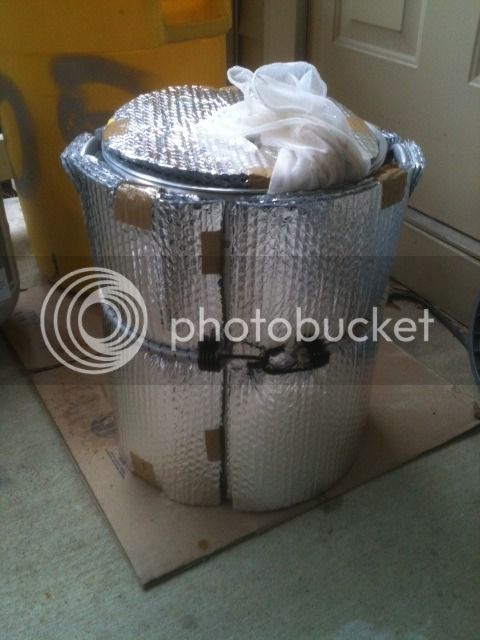Incredibly Short Version: I brewed in a bag for about a year (2010-2011), then switched to a more traditional homebrewing method and have never looked back.
BIAB Negatives
- Cleaning the fine mesh is something I never successfully mastered.
- You will invariably end up with some grain in the boil, not matter how fine the mesh, leading to barely-detectable undesirable flavors (I never felt I could achieve quite the best possible beer with BIAB).
- To get really efficient with it, you have to build a method to hoist the grains above the kettle to let them drip, which defeats some of the purpose of BIAB (lean and mean).
- There is (or at least was when I did it) a small chance that the mesh will tear under the weight of the grain and wort, resulting in Bad Things That Suck (a big load of grain in your kettle--hope you have backup bags to strain through).
Longer Version
I did Brew in a Bag throughout all of 2010, which equates to ~15 batches. Here's a none-too-brief description of my journey and why I stopped brewing in a bag.
I lived in a small apartment on the fourth floor with a wooden balcony. I wanted--nay, needed--to brew all grain in a confined space, and my stove just wasn't cutting it (nor could I use propane on that balcony).
So I got turned onto two things at once. First was using an electric turkey fryer to heat up my mash water and boil my wort. Way back in... 2010... electric heating elements were not really a thing in homebrewing, so they were hard to find and most would scorch the crap out of your wort if you tried to use them.
The second was an all-grain brewing method that was picking up steam in Australia (I was in Massachusetts, as an aside), and that sounded great. Get a fine mesh bag of a size that no homebrew places carried and I could just mash right in my turkey fryer, pull the bag out, let it drip for a while as I heated up to a boil, and I'd be golden.
Long story short, it mostly worked. Not at first, but after I reduced my batch size to ~3.5 gallons, doubled up on the mesh bags I made for myself (because one of them broke and pretty much ruined the whole experience), and refined my process, I was successfully brewing solid beers in a bag.
Then I moved.
I got a house, I had a deck, I was happy. So I got a propane burner and a kettle. I started pricing out parts to rig up a system to hold my bag for me to let it drip and method by which to filter the bits of grain that would always go through the bag. I resigned myself to just buying craptons of bags because I never found a way to clean them as thoroughly as I liked, and then...
I realized that the cost and process would be just as expensive, arduous, and space-taking as going fully traditional (in a homebrew sense) if I wanted to meet my need (in my mind) for the best possible beer.
So I went more traditional. I stopped with BIAB.
And I have never looked back.
Brewing with a discreet mash tun and boil kettle is no harder than brewing in a bag, and clean-up seems to be simpler for my process. I get more predictable results and have decided that it's the way I like to brew.
BIAB is great in certain situations, and it's an awesome way to get started with all-grain brewing (especially in small batches) without a significant monetary commitment.
If you love it and your process works for you, awesome. For me, maybe I'll mess with it again some day now that homebrew shops support the practice, but I like brewing the way I do now.




